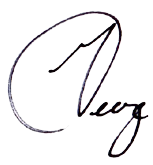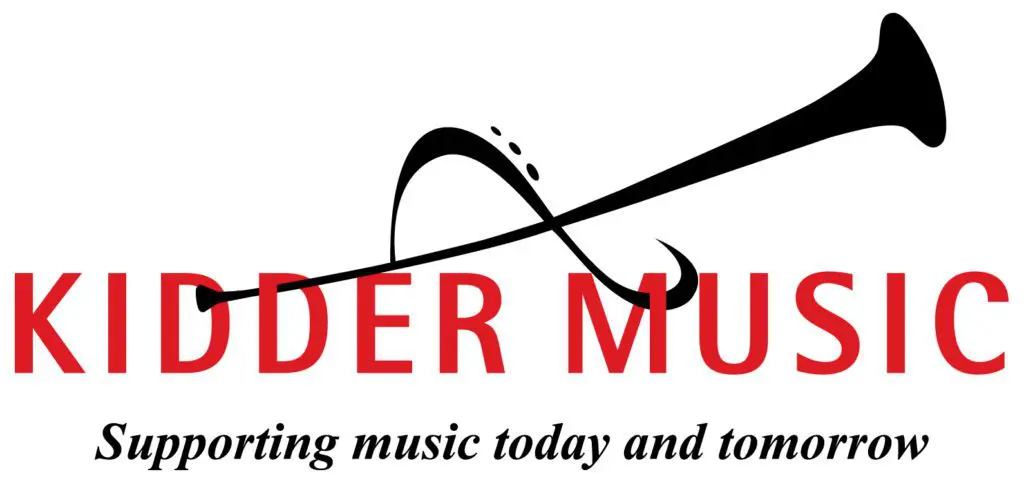PSO in October: Romeo and Juliet – Eternal Forbidden Love
With swords drawn and passionate young love professed, the Peoria Symphony Orchestra will perform an exciting concert featuring the music of three composers obsessed with Romeo and Juliet – Tchaikovsky, Berlioz, and Prokofiev. The legend of these two tragic lovers dates back at least a century before William Shakespeare and extends past Bernstein’s “West Side Story” into the present day. Indeed, any story in which love struggles against familial or societal obstacles has some relation to the old tale.
Masuccio Saleritano, who first published the story in 1476, claimed that it was a true story of tragic love from Siena, Italy. Luigi da Porto changed the names of the two lovers to Romeo and Giulietta in 1530 and also added the characters Tybalt, Mercutio, and the two feuding families. Additional versions by Bandello, Brooke (1562, poem), Painter (1582), and Vega (1590) were added throughout the Sixteenth Century, providing rich sources for William Shakespeare to consider before unveiling his masterpiece in 1596. But even further back than these authors, the influence of the commedia dell’arte troupes also has subtle influences on the Bard’s play. Their stock characters such as the beautiful inamorati became Romeo and Juliet and perhaps Il Dottore transformed into Friar Lawrence.
What is it about the story of Romeo and Juliet that attracts artists, and us, to revisit it time and again? Is it the purity of their love set against the tragedy of their circumstances? Do we identify with the characters? Are we hoping against hope, that they will succeed, even when we know the outcome? It is all of these things. The depth of our emotional involvement in their plight compels us to return to the story – over and over. And this empathy is what great composers have sought to capture in that wonderfully direct, non-verbal language called music.
The program opens with the famous “fantasy-overture” by Peter I. Tchaikovsky: Romeo and Juliet. From of a series of tone poems he wrote based on Shakespeare’s plays, which include The Tempest and Hamlet, this might be Tchaikovsky’s most well known composition. It is a wonderful opener for this concert because it encapsulates all of the drama, emotion, and psychology of the play into a very intense few moments. It is a fantastic example of how composers can represent both the actual characters and the drama surrounding them. Tchaikovsky’s masterpiece is based on three main ideas from the play – love, needless-conflict, and death. Like many of Tchaikovsky’s more psychological works, we enter at the end of the tragedy, looking upon the two dead lovers while the sad Friar Lawrence (represented by the chorale like opening) begins to tell us the story. Soon this doleful scene melts into a roiling battle between the Montagues and Capulets, complete with a sword fight. Eventually the two lovers appear in the famous love theme that could only have come from Tchaikovsky. Finally, we are back at the sepulcher with the poor friar, now hanging our own heads and exclaiming a final violent outburst at the tragedy. If you’d like a preview, click here.
Hector Berlioz, after seeing Shakespeare’s play for the first time in Paris in 1827 had a very strong reaction. He wrote of that evening:
… to steep myself in the fiery sun and balmy nights of Italy, to witness the drama of that passion swift as thought, burning as lava, radiantly pure as an angel’s glance, imperious, irresistible, the raging vendettas, the desperate kisses, the frantic strife of love and death, was more than I could bear. By the third act, scarcely able to breathe—it was as though an iron hand had gripped me by the heart—I knew that I was lost. I may add that at the time I did not know a word of English; I could only glimpse Shakespeare darkly through the mists of Letourneur’s translation; the splendour of the poetry which gives a whole new glowing dimension to his glorious works was lost on me. … But the power of the acting, especially that of Juliet herself, the rapid flow of the scenes, the play of expression and voice and gesture, told me more and gave me a far richer awareness of the ideas and passions of the original than the words of my pale and garbled translation could do.
Berlioz’s effusive reaction to Shakespeare’s play heightens our anticipation to hear his own musical expression of Romeo and Juliet. This “symphonie dramtaique”, as he called it, takes its inspiration directly from the play in both form and emotional breadth. Its composition was deemed so important that none other than the violin virtuoso Niccolo Paganini provided 20,000 francs to support its creation. Berlioz takes us on this emotional roller coaster ride using the full capacity of the orchestra as well as chorus and solo singers. It became his favorite work: “If you now ask me which of my pieces I prefer, my answer will be that I share the view of most artists: I prefer the adagio (the Love Scene) in Romeo and Juliet.”
The PSO will perform one of the charming instrumental interludes from this massive symphony entitle “Romeo Alone”. You can have a preview of it here. In the opening measure, you can hear something similar to the beginning Wagner’s “Liebestod” from Tristan und Isolde. Berlioz’s Romeo and Juliet actually was very influential on Wagner who attended its premiere. Wagner stated that he felt like a mere school boy next to Berlioz. Wagner acknowledged Berlioz’s influence on Tristan when he sent the score to him inscribed: “To the dear and great composer of Romeo and Juliet from the grateful composer of Tristan and Isolde”!
The second half of the program is dedicated to Sergei Prokofiev’s masterful ballet Romeo and Juliet. Performed as a suite with a selection of characters and scenes, the movements will be contrasted with small excerpts from Shakespeare’s play performed by Bradley University Theater students under the direction of Professor Susan Felder. The juxtaposition of these short musical vignettes and theatrical tableaus emphasizes Prokofiev’s genius for musically capturing Shakespeare’s theatrical intent – some 340 years later. Listen to Prokofiev’s ability to capture the serene, Friar Lawrence here, as opposed to the humorous mocking turned violence in the Death of Tybalt here.
As with the Tchaikovsky, Prokofiev opens with a predilection of the horrific tragedy about to unfold. We are immediately introduced to the two warring families and then the various characters. With the death of Tybalt, the story turns from light to dark – as in the play – and we find ourselves once more in the sepulcher asking ourselves “why?” and hearing the words of the Prince:
A glooming peace this morning with it brings;
The sun for sorrow will not show his head:
Go hence, to have more talk of these sad things;
Some shall be pardoned and some punished:
For never was a story of more woe
Than this of Juliet and her Romeo.
I hope you join us for this evening. It will be entertaining, mesmerizing, and enjoyable – the way we all enjoy a great love story – regardless of the ending.
Warmly,

George Stelluto, Music Director of the Peoria Symphony Orchestra



















